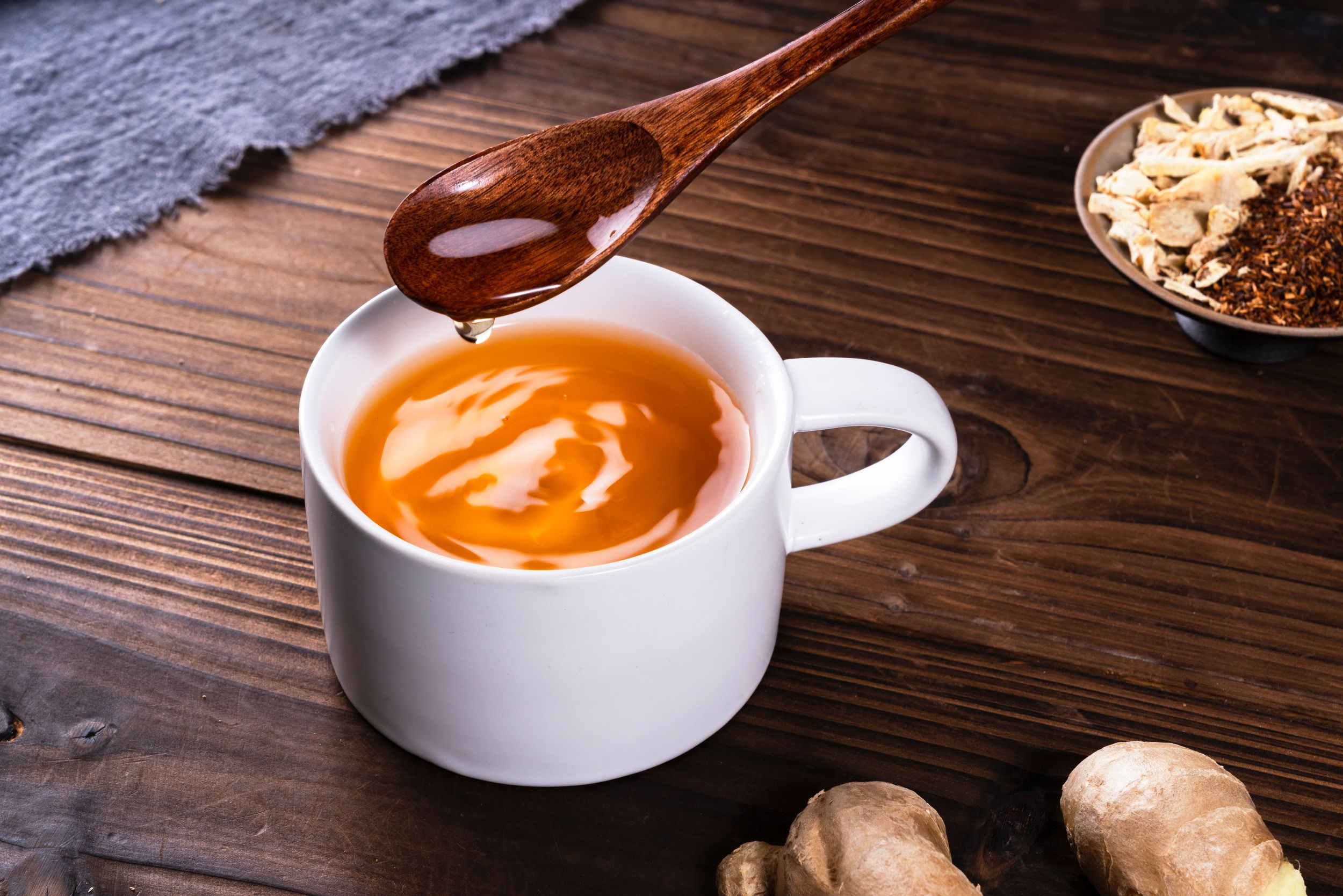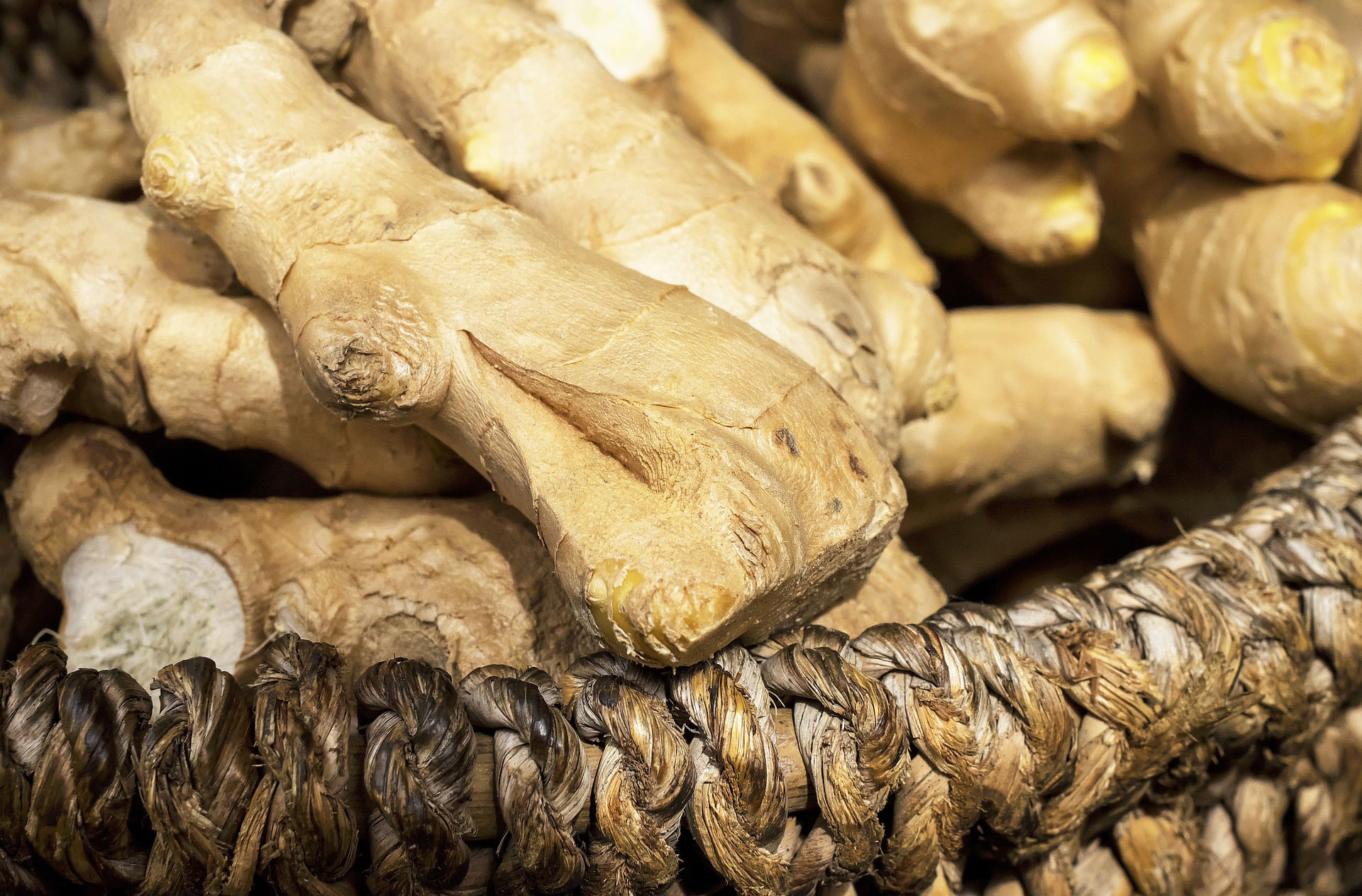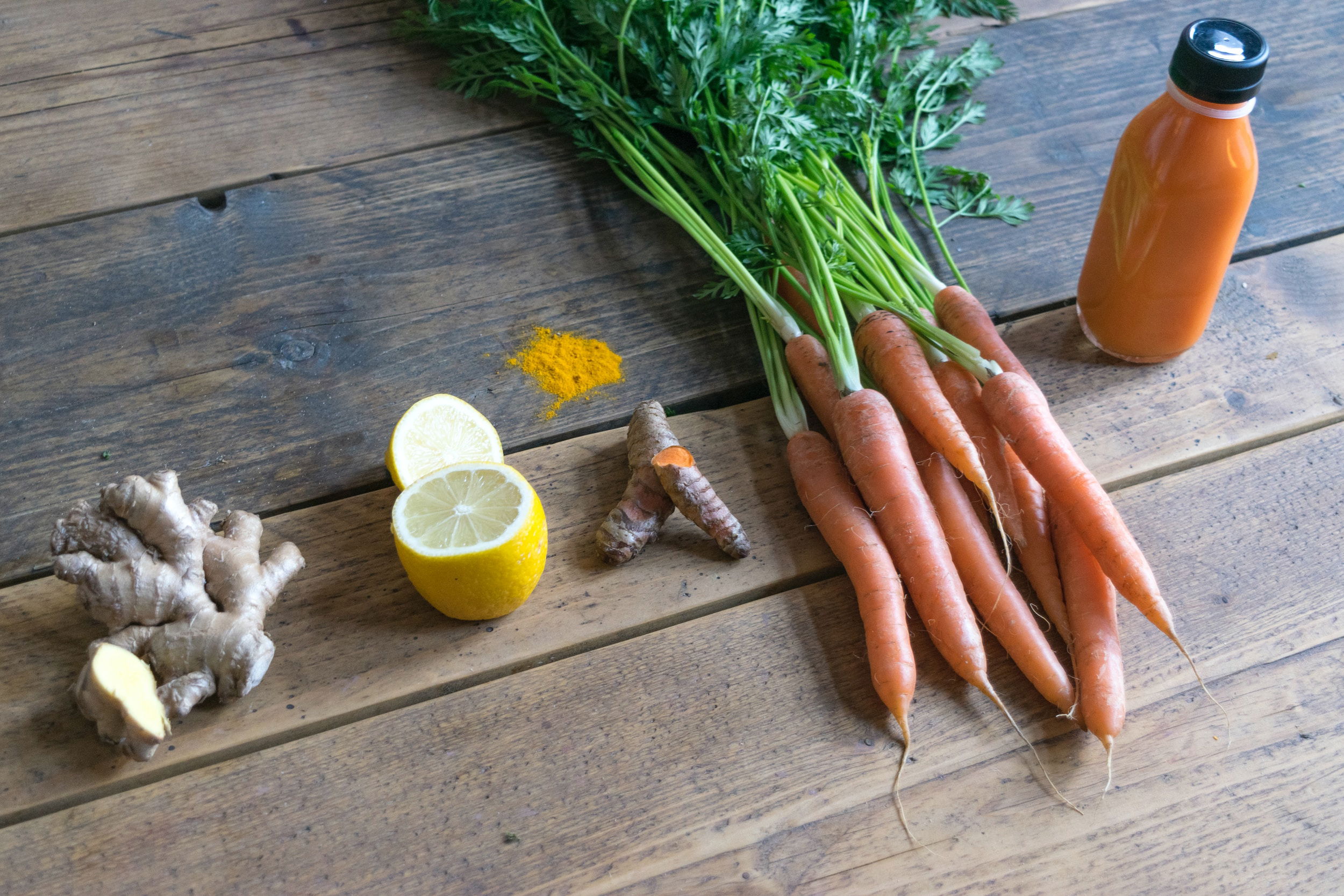Thai Fresh Ginger, also known as galangal or Siamese ginger, is a popular ingredient in Thai cuisine.
Thai fresh ginger is a flavorful and healthy ingredient that has been used in Thai cuisine for centuries. With its unique taste, aroma, and health benefits, it has become a staple in many Thai dishes. If you're looking to spice up your cooking and add some variety to your diet, incorporating Thai fresh ginger into your meals is a great way to do so.
In this article, we will take a closer look at the benefits of using Thai fresh ginger in cooking, and provide you with six healthy and flavorful dish recipes to try at home. Whether you're a seasoned chef or a beginner in the kitchen, these easy-to-follow recipes will help you create delicious and nutritious meals that your whole family will enjoy.

1. Introduction to Thai Fresh Ginger
What is Thai Fresh Ginger?
Thai Fresh Ginger, also known as galangal or Siamese ginger, is a popular ingredient in Thai cuisine. It is a rhizome, which is a type of root, that is similar in appearance to ginger but has a distinct, peppery flavor.
History and Cultural Significance of Thai Fresh Ginger
Thai Fresh Ginger has been used in Southeast Asian cuisine for centuries and is considered to be a valuable ingredient for both its culinary and medicinal properties. It has also played an important role in Thai culture and is often used in traditional Thai medicine.

2. Benefits of Using Thai Fresh Ginger in Cooking
Health Benefits of Thai Fresh Ginger
Thai Fresh Ginger is known for its anti-inflammatory properties and is often used to relieve digestive issues and reduce nausea. It also contains antioxidants and compounds that have been linked to reducing the risk of certain types of cancer.
Flavor Benefits of Thai Fresh Ginger
Thai Fresh Ginger adds a unique and spicy flavor to dishes that is different from regular ginger. It is commonly used in Thai curries, soups, and stir-fries and can also be used in marinades and dressings.
3. Thai Ginger Chicken Stir-Fry Recipe
Ingredients
- 1 lb boneless, skinless chicken breast, sliced into thin strips
- 1 tbsp vegetable oil
- 2 cloves garlic, minced
- 1 tbsp Thai Fresh Ginger, grated
- 1 red bell pepper, sliced into thin strips
- 1 yellow onion, sliced into thin strips
- 1 tbsp fish sauce
- 1 tbsp soy sauce
- 1 tsp cornstarch
- 1/4 cup water
- 3 green onions, chopped
Directions
1. Heat the vegetable oil in a wok or large skillet over high heat.
2. Add the chicken and stir-fry until browned on all sides, about 5 minutes.
3. Add the garlic and Thai Fresh Ginger and stir-fry for another 1-2 minutes.
4. Add the bell pepper and onion and stir-fry for 2-3 minutes, until slightly softened.
5. In a small bowl, whisk together the fish sauce, soy sauce, cornstarch, and water.
6. Pour the sauce into the stir-fry and cook for another 1-2 minutes until the sauce thickens.
7. Stir in the green onions and remove from heat.
8. Serve hot with rice or noodles.

4. Thai Ginger Shrimp and Vegetable Curry Recipe
Ingredients
- 1 lb large raw shrimp, peeled and deveined
- 1 tbsp vegetable oil
- 2 cloves garlic, minced
- 1 tbsp Thai Fresh Ginger, grated
- 1 red bell pepper, sliced into thin strips
- 1 yellow onion, sliced into thin strips
- 1 can coconut milk
- 1 tbsp red curry paste
- 1 tbsp fish sauce
- 1 tbsp brown sugar
- 2 cups mixed vegetables (such as broccoli, carrots, and snow peas), chopped
- 1/4 cup fresh cilantro, chopped
Directions
1. Heat the vegetable oil in a large skillet over medium-high heat.
2. Add the garlic and Thai Fresh Ginger and sauté for 1-2 minutes until fragrant.
3. Add the bell pepper and onion and sauté for another 2-3 minutes until slightly softened.
4. Add the shrimp and cook for 2-3 minutes on each side until pink and cooked through.
5. In a small bowl, whisk together the coconut milk, red curry paste, fish sauce, and brown sugar.
6. Pour the sauce into the skillet and bring to a simmer.
7. Add the mixed vegetables and simmer for 5-7 minutes until the vegetables are tender.
8. Serve hot with rice and garnish with fresh cilantro.

5. Thai Ginger and Lemongrass Soup Recipe
There's nothing quite like a warm bowl of soup to soothe and comfort the soul. This Thai ginger and lemongrass soup recipe is no exception. The ginger adds a spicy kick while the lemongrass adds a refreshing citrusy flavor.
Ingredients:
- 2 tablespoons of olive oil
- 1 onion, chopped
- 4 garlic cloves, minced
- 1 tablespoon of grated ginger
- 2 stalks of lemongrass, sliced
- 4 cups of chicken or vegetable broth
- 1 can of coconut milk
- 2 tablespoons of fish sauce
- 1 lb of cooked shrimp
- 2 tablespoons of lime juice
- Salt and pepper to taste
Directions:
1. Heat the olive oil in a soup pot over medium heat.
2. Add the onion, garlic, ginger, and lemongrass, and sauté until the onion is translucent.
3. Add the chicken or vegetable broth, coconut milk, and fish sauce, and bring to a boil.
4. Reduce the heat and let simmer for 10 minutes.
5. Add the cooked shrimp and lime juice, and let simmer for an additional 5 minutes.
6. Season with salt and pepper to taste.
7. Serve hot and enjoy!

6. Thai Ginger and Mango Smoothie Recipe
Smoothies are a great way to start the day or to enjoy as a refreshing snack. This Thai ginger and mango smoothie recipe is bursting with flavor and packed with nutrients.
Ingredients:
- 1 mango, peeled and chopped
- 1 banana, peeled and sliced
- 1 tablespoon of grated ginger
- 1 cup of coconut milk
- 1 tablespoon of honey
- 1 teaspoon of vanilla extract
- Ice cubes
Directions:
1. Combine all ingredients in a blender.
2. Blend until smooth.
3. Pour into a glass and enjoy!

7. Tips for Working with and Storing Thai Fresh Ginger
Thai fresh ginger is a versatile ingredient that can add flavor to a variety of dishes. Here are some tips for selecting, storing, and preparing Thai fresh ginger.
How to Select and Store Thai Fresh Ginger:
- Look for ginger that is firm and has a smooth skin.
- Avoid ginger that is wrinkled or has soft spots.
- Store ginger in the refrigerator for up to three weeks. Alternatively, freeze ginger for up to six months.
How to Prepare Thai Fresh Ginger for Cooking:
- Peel the ginger with a spoon or vegetable peeler.
- Slice or grate the ginger, depending on the recipe.

8. Conclusion and Final Thoughts
Thai fresh ginger is a flavorful and healthy ingredient that can add a spicy kick to a variety of dishes. From soups to smoothies, there are many ways to incorporate Thai ginger into your cooking. With these tips for selecting, storing, and preparing Thai fresh ginger, you can enjoy this versatile ingredient all year round. So go ahead and experiment with these recipes and discover the delicious taste of Thai ginger!
Incorporating Thai fresh ginger into your cooking is a great way to add flavor, nutrition, and variety to your meals. With these six healthy and delicious dish recipes, you can easily incorporate this versatile ingredient into your cooking repertoire. Give them a try and discover the unique taste and health benefits of Thai fresh ginger for yourself.
FAQ
1. Can I use ground ginger instead of fresh ginger in these recipes?
Yes, you can use ground ginger instead of fresh ginger in these recipes but it won't have the same flavor profile. Fresh ginger has a more pungent and zesty flavor whereas ground ginger is milder and sweeter. We recommend using fresh ginger for the best flavor and health benefits.
2. Where can I find Thai fresh ginger?
You can find Thai fresh ginger at most Asian grocery stores or specialty food markets. Look for ginger that is firm and free of wrinkles or soft spots. You can also order it online from various retailers.
3. Can I store leftover Thai fresh ginger?
Yes, you can store leftover Thai fresh ginger in the refrigerator for up to two weeks. Wrap it in a paper towel and store it in a zip-top bag or an airtight container. Alternatively, you can freeze fresh ginger for up to six months. Simply peel it, chop it into small pieces, and store it in a freezer-safe bag or container.
4. Can I adjust the spice level in these recipes?
Yes, you can adjust the spice level in these recipes to your liking. If you prefer less spice, reduce the amount of ginger or chili peppers. If you like it hotter, increase the amount of ginger or chili peppers. Keep in mind that Thai fresh ginger has a natural spiciness, so even a small amount can add a lot of heat to a dish.
